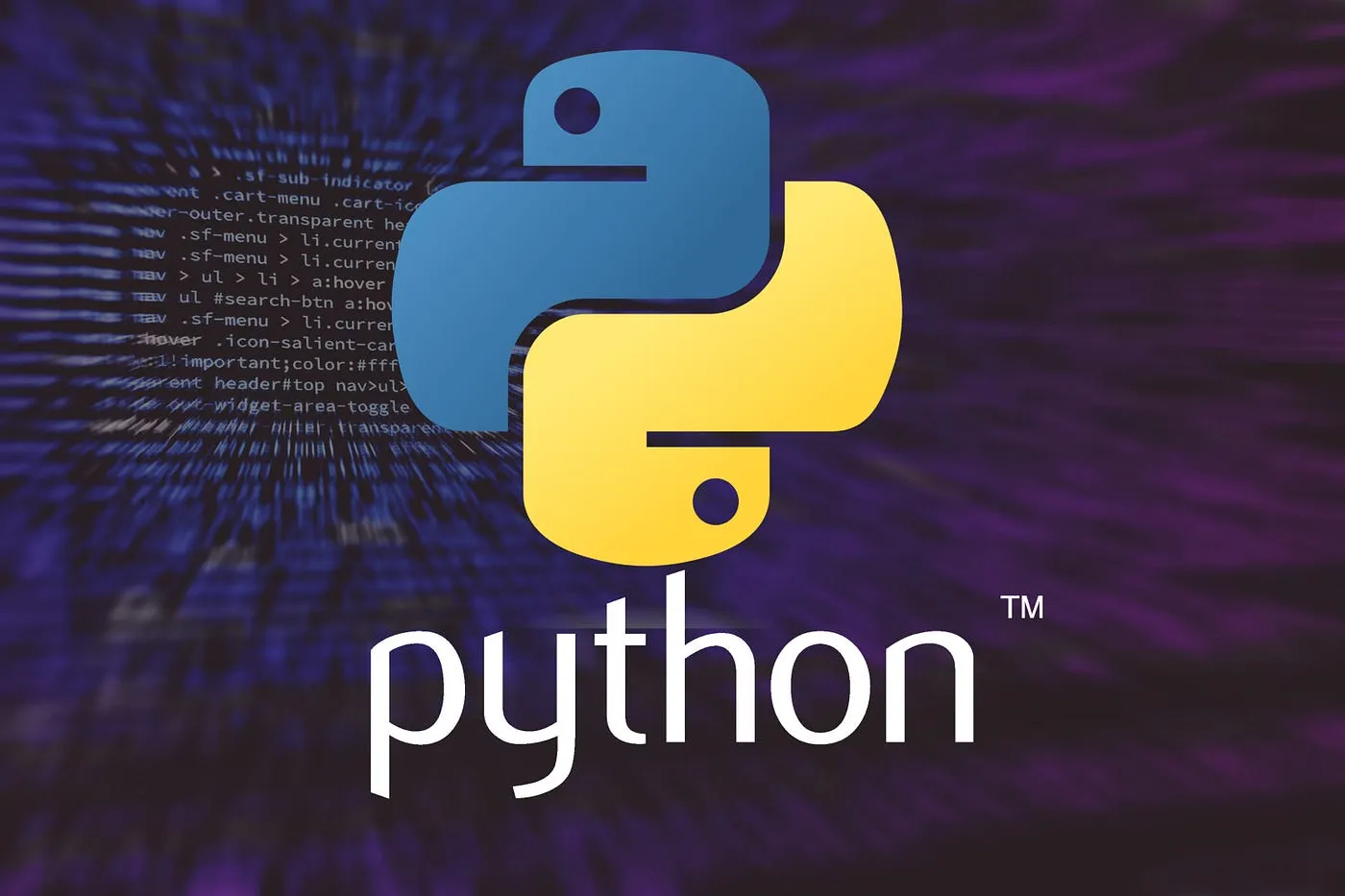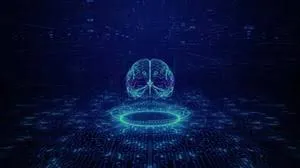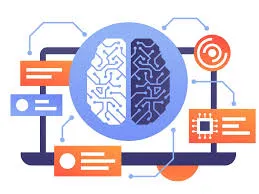The applications of machine learning are scattered in so many fields that you cannot even count them. If you want to become an expert in the field, then you need to do experiments. Lots of projects are going to provide you with the ability to deal with machine learning and its applications like an expert. We are going to find some step-by-step guides in this article so you can understand the explicit ways of machine learning and its training through Python.
● Data set
● Understanding of data
● Data processing
● Visualisation
● Regression model
● Evaluation
● Prediction
Data Set
The first step in the process of training machine learning is to load the data. You can take any data you like. Then you need to divide the data according to its columns and rows
Understanding of Data
It is very important that you have a proper understanding of the data that you’re taking. Because building data for machine learning is a simple task and you need to have a clear understanding of it so you can teach the machine too. Keep in mind that no kind of data should be missing as well as if there is any addition or subtraction involved about the data then you need to do it beforehand.
Data Processing
Now is the time to convert your objective data into categories. Because categories will provide you with simple and easy aspects of the data. You will be easily able to find the data. Type your data kinds in this step. After that take a look at the numeric values so you can describe the methods.
Visualisation
Data visualisation is really important because to understand the data you need to find out the relationship of numeric values and the data. For this purpose you need to use Seaborn as a library. It will provide you with all these statistical plots that are going to be used in your data.
Regression Model
At the time of making a model you need to go with the simplest. In order to get a good accuracy level and better understanding the easiest and simplest models are helpful. After adding the value and variables the regression model is going to be ready.
Evaluation
After that step you need to evaluate the performance. Use the coefficient to find out how the model is responding to the commands. It should be able to predict as well as tell what you are going to ask it.
Prediction
Next step in the training data is to find if your model is able to predict. It should be able to predict if there is going to be a first row or not. After that, it should be able to find out the real value of the next command.










